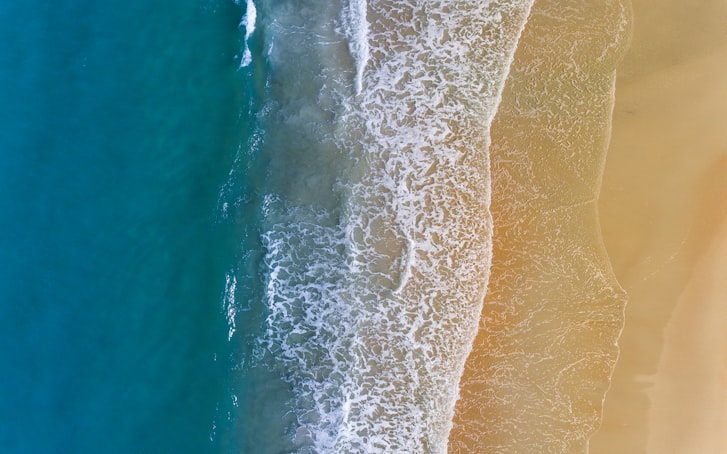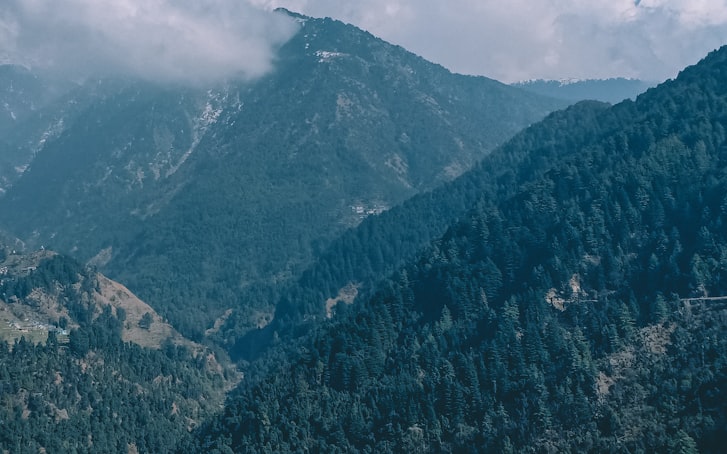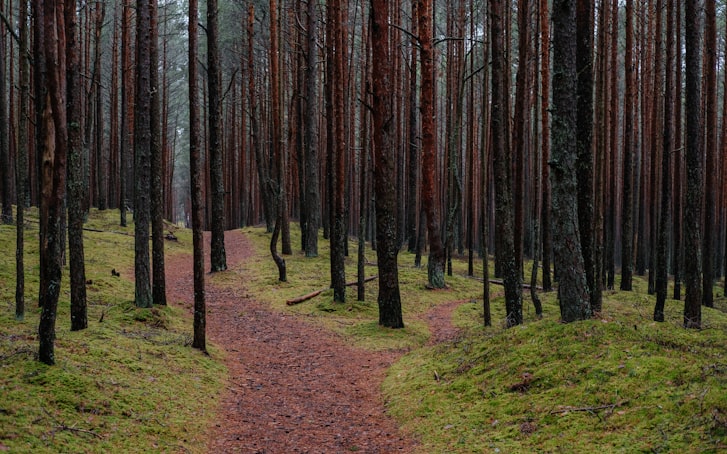Understanding the Distinction River Sand vs Beach
Understanding the Distinction River Sand vs Beach Sand
In the realm of construction and landscaping, the choice between river sand and beach sand holds significant importance. While both seem similar, their disparities can profoundly impact various projects, from building foundations to creating picturesque beach landscapes. Let’s delve into the nuances of river sand and beach sand to grasp their distinctions and determine the optimal usage for each scenario.
Exploring the Characteristics
River sand originates from the erosion of rocks and minerals over time, carried along riverbeds by flowing water. Its composition primarily consists of finely divided particles, often with rounded edges due to the continuous abrasion during transportation. On the other hand, beach sand forms through the gradual breakdown of seashells, corals, and other marine organisms, driven by the relentless motion of waves along the coastline. This process results in a mixture of quartz, feldspar, and other minerals, typically exhibiting a more angular shape compared to river sand.
Consumer’s Problem: How can I determine which type of sand is suitable for my construction or landscaping project?
Consumer-Friendly Solution: Understanding the specific requirements of your project and the unique properties of river sand and beach sand will guide you in making the right choice.
Applications in Construction
In construction projects, the choice of sand type is crucial for achieving optimal strength and durability in concrete mixtures. River sand, with its smooth texture and rounded grains, enhances workability and cohesiveness in concrete, making it ideal for applications such as foundations, slabs, and plastering. Conversely, the angular grains of beach sand may lead to a less cohesive concrete mix, potentially affecting its structural integrity over time.
Keyword: Concrete Mixtures
Landscaping Considerations
When it comes to landscaping, the aesthetic appeal and functional characteristics of sand play a pivotal role. River sand’s smooth texture and natural color make it a popular choice for creating pathways, playgrounds, and decorative features in gardens and parks. Its ability to compact evenly also renders it suitable for retaining walls and paver installations. Meanwhile, beach sand’s coarse texture and distinctively lighter hue lend themselves well to coastal-themed landscapes, beach volleyball courts, and sandboxes, imbuing outdoor spaces with a serene, coastal ambiance.
Consumer’s Problem: How can I ensure that the sand I choose will complement the aesthetic and functional aspects of my landscape design?
Consumer-Friendly Solution: Consider the visual theme and practical requirements of your landscape project to determine whether the smooth texture of river sand or the coarse nature of beach sand aligns better with your vision.
Environmental Impact
Beyond their practical applications, it’s essential to acknowledge the environmental implications associated with the extraction and use of river sand and beach sand. Excessive mining of river sand can disrupt river ecosystems, leading to erosion, habitat loss, and alterations in water flow patterns. Additionally, the depletion of river sand reserves contributes to environmental degradation and poses challenges for sustainable development. Similarly, the removal of beach sand for construction purposes can accelerate coastal erosion, jeopardizing fragile marine habitats and exacerbating the effects of climate change-induced sea level rise.
Keyword: Environmental Impact
Conclusion
In conclusion, while river sand and beach sand may appear interchangeable at first glance, their distinct characteristics and applications underscore the importance of informed decision-making in construction and landscaping endeavors. By understanding the unique properties of each sand type and considering factors such as project requirements, aesthetics, and environmental sustainability, consumers can make conscientious choices that align with their goals and values, fostering both practical outcomes and environmental stewardship.
Consumer’s Problem: How can I ensure that my choice of sand contributes to environmental conservation efforts?
Consumer-Friendly Solution: Prioritize suppliers that adhere to sustainable extraction practices and offer alternatives such as recycled or manufactured sand, which minimize environmental impact while meeting your project needs.





